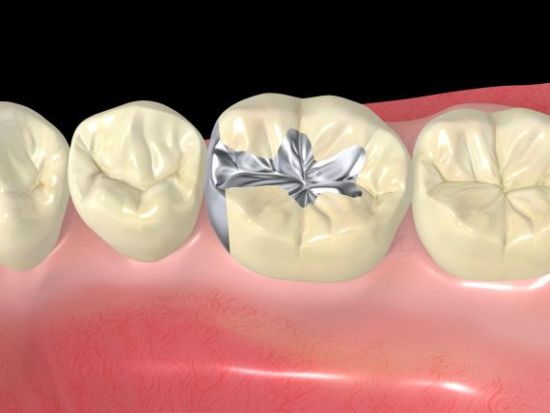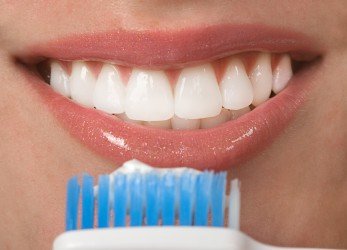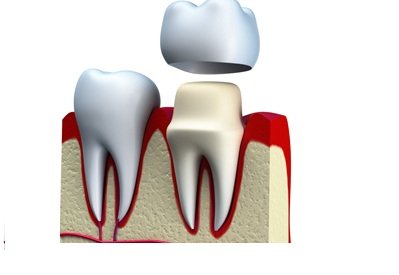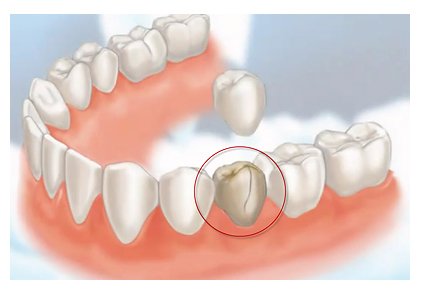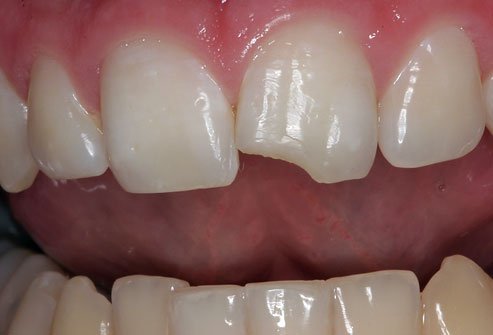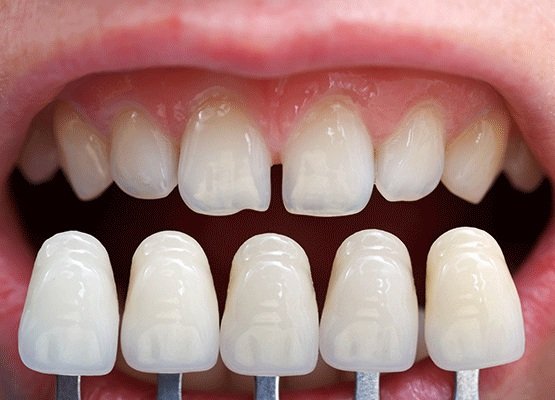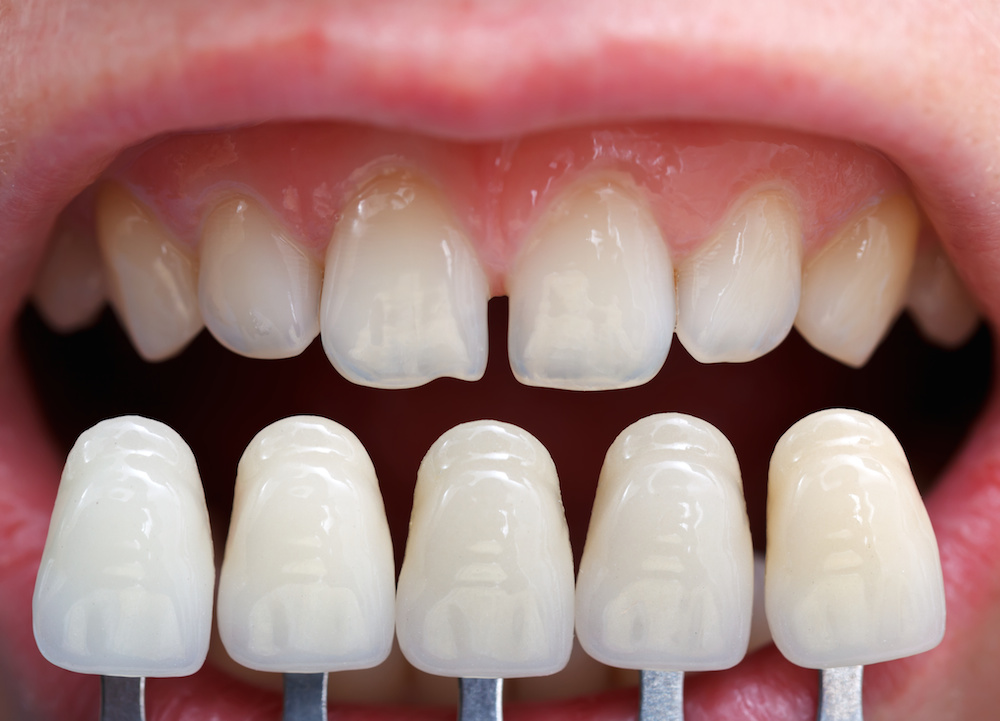Taking Care of Temporary Dental Crown
Temporary dental crowns are a temporary fix until a permanent crown is ready. The primary reasons for wearing a temporary crown are to keep the tooth protected from external stimulus, keep the tooth from shifting and serve as a dress rehearsal for function and aesthetics for the permanent crown. Here is what you need to know about taking care of the temporary crown for the couple of weeks that you have it cemented:
- Avoid sticky, chewy foods (for example, chewing gum, caramel), which have the potential of grabbing and pulling off the crown.
- Minimize use of the side of your mouth with the temporary crown. Shift the bulk of your chewing to the other side of your mouth.
- Avoid chewing hard foods (such as raw vegetables), which could dislodge or break the crown.
- Slide flossing material out-rather than lifting out when cleaning your teeth. Lifting the floss out, as you normally would, might pull off the temporary crown.
- Let your dentist know if the provisional crown should fracture or fall out, even if the tooth is not sensitive. The teeth are prone to shifting when not covered by the temporary crown. Going without your temporary crown even for couple of days may cause the final crown not to fit properly.
- Be sure to call your dentist’s office if the temporary crown feels too prominent to your bite. It is more likely to break or come uncemented.
- If you experience prolonged sensitivity or pain, please call your dentist’s office.
If your temporary dental crown comes off at any time during the waiting period for the permanent restoration, please contact our office immediately. It is very important for us to get the temporary back in place as quickly as possible, to ensure that the permanent restoration fits properly.



